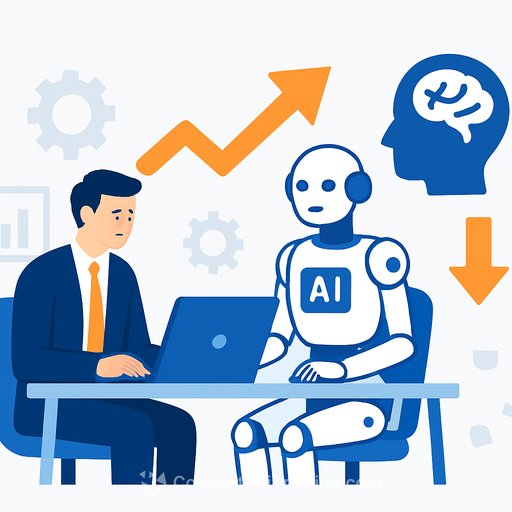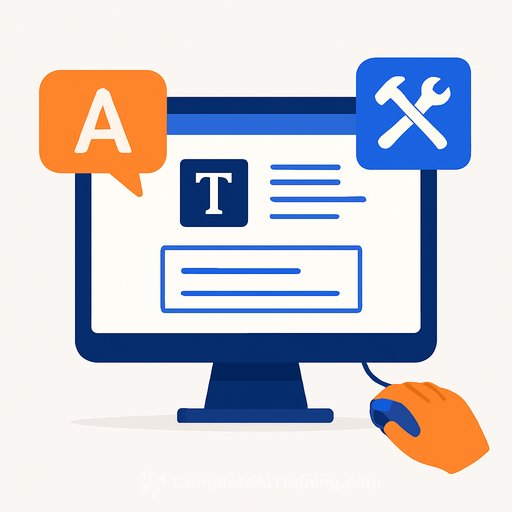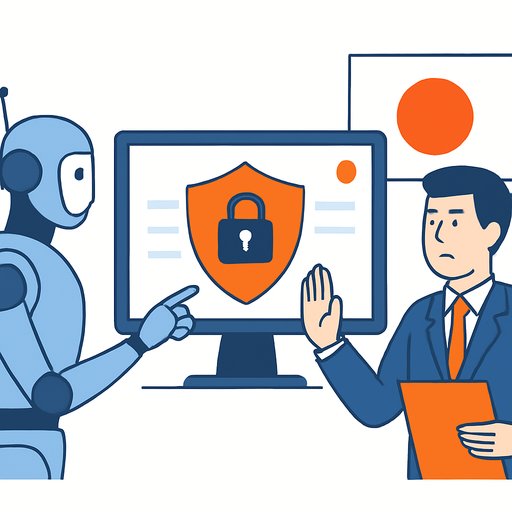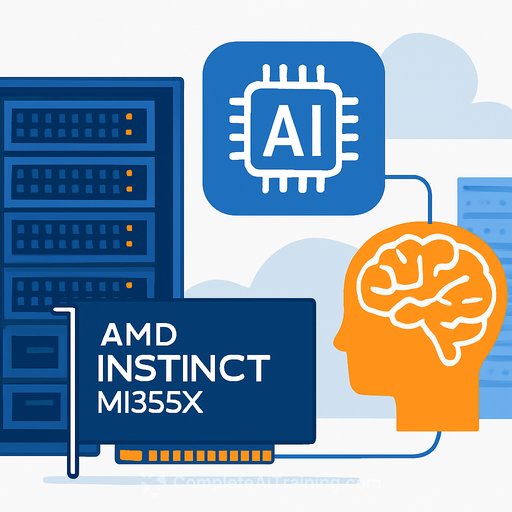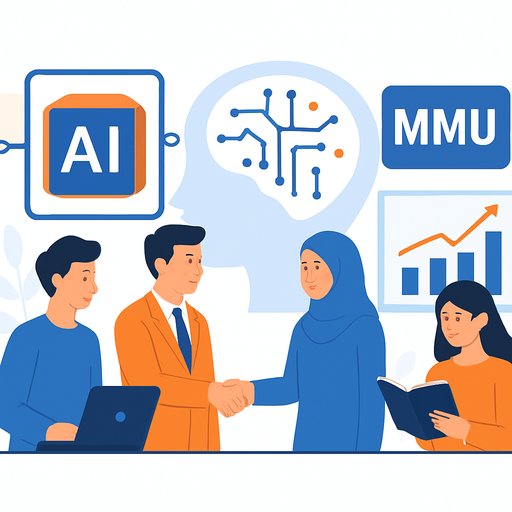Meta Swaps People for AI While Doubling Down on AI Spend: What It Means for Engineers
Meta is moving portions of its risk division from manual reviews to automated systems. Leadership told staff that some roles are no longer needed as those processes shift to AI.
At the same time, about 600 roles were cut from Meta's "Superintelligence Labs" to speed up decision-making. The company is still investing heavily in new data centers and set up a joint venture with Blue Owl Capital to help fund AI infrastructure.
Why this matters if you build or run software
- AI is becoming the default reviewer. Manual checks for privacy, compliance, and risk are being replaced by automated pipelines. Expect similar pressure on code review, QA, and policy gates.
- Middle layers compress. Fewer roles sit between product and decision. Teams that ship with AI copilots, automated checks, and clear metrics will be favored.
- Evaluation replaces opinion. Human judgment moves to oversight and exception handling. The leverage is in test suites, eval sets, and thresholds.
What gets automated first
- Risk and compliance triage: PII scanning, policy enforcement, and incident routing.
- Decision support: Approval workflows that AI can score and route with confidence thresholds.
- Routine engineering checks: Static analysis augmented by LLMs, test suggestion, flaky test isolation, dependency risk scoring.
A practical playbook for engineering leaders
- Put AI gates in CI/CD: PR linting, PII and secrets detection, license compliance, text/image moderation for user-facing features.
- Define human-in-the-loop rules: Set clear confidence cutoffs. Auto-approve below-risk items, escalate edge cases.
- Stand up an eval harness: Track model performance with labeled datasets. Log prompts, responses, and outcomes for audits.
- Instrument everything: Add tracing, cost metrics, latency SLAs, safety metrics (toxicity, bias surfaces) to dashboards.
- Guardrails and data hygiene: Retrieval filters, PII redaction, prompt hardening, and sandboxed tools.
- Cost control: Token budgets, caching, batching, and model routing (local vs API) tied to QoS.
Architecture shifts to expect
- Infra spend rises while headcount stays flat or drops: More GPU/accelerator budget, fewer manual reviewers.
- LLMOps becomes table stakes: Prompt/version management, feature flags for models, rollback plans, canary traffic.
- Data pipelines matter more: Clean corpora for evaluation, policy rules as code, retrieval indexes with access control.
Governance without the bottleneck
Cutting people can reduce oversight. If your team is adopting similar patterns, anchor to established guidance and document decisions.
- NIST AI Risk Management Framework for risk controls, measurement, and process.
- EU AI Act to understand likely obligations on data, transparency, and safety.
- Implement audits: Regular red-teaming, bias checks, privacy reviews, and incident postmortems for AI components.
- Separate duties: Model builders, evaluators, and approvers should not be the same people.
- Create kill switches: Feature flags to disable models or routes instantly if metrics degrade.
Career strategy for developers
- Go deep on integration: Retrieval, function calling, agents, and safe tool use beats generic prompt tricks.
- Own evaluation: Learn to build tests for accuracy, safety, and regression. Your value sits in repeatable outcomes.
- Think systems: Data quality, guardrails, observability, and cost are where teams win or stall.
If you want structured upskilling, see curated tracks by role and stack at Complete AI Training - Courses by Job or get hands-on with AI Certification for Coding.
The bottom line
Meta is signaling a clear direction: automate the middle, invest in infrastructure, and keep humans on oversight and hard problems. Expect more companies to copy this. Teams that build strong AI gates, clean evals, and clear governance will ship faster and sleep better.
Your membership also unlocks:

